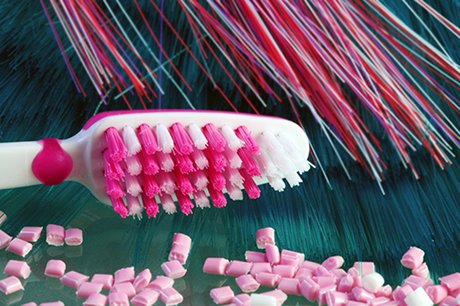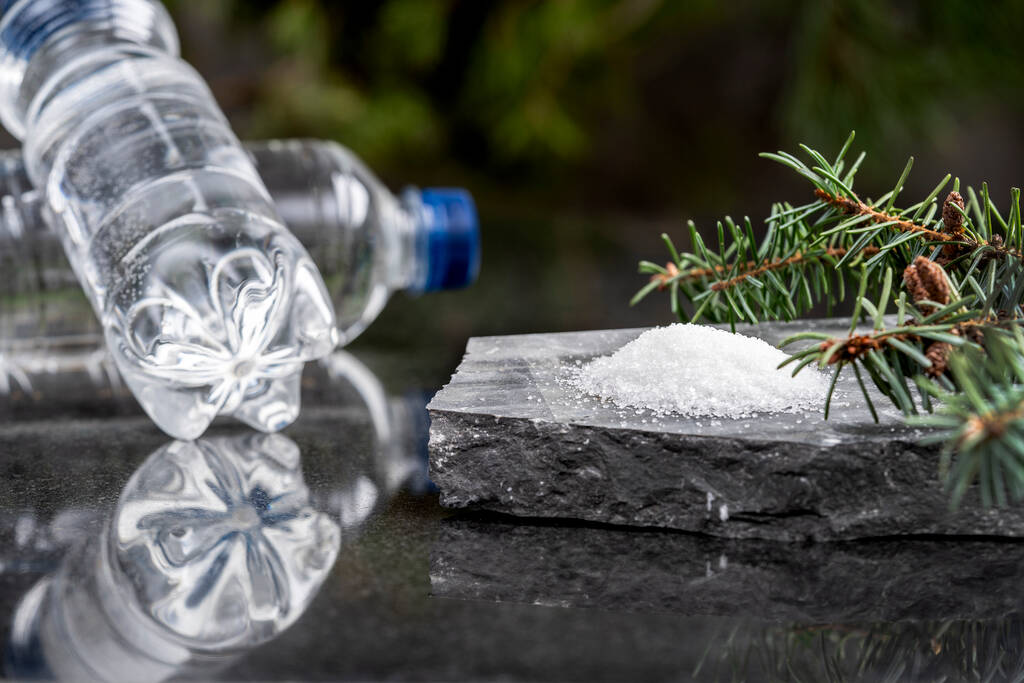Your toothbrush bristles will soon become more environment-friendly if polyamides producers Evonik and Cathay Industrial Biotechnology are successful in marketing their bio-based polyamides.
Cathay Industrial Biotech has been promoting this year its new renewable polyamides PA 5.6, PA 5.10, PA 5.12 and PA 5.14 (as well as their copolymers) under the brand Terryl. The bio-polyamides are based on Cathay Industrial Biotech’s 100% biobased 1,5 pentamethylenediamine monomer called C-BIO N5 produced under a proprietary technology process using sugarcane for feedstock. The company said the five carbon diamine has the potential to substitute HMDA (hexamethylenediamine), a key raw material in the production of traditional petrochemical-based nylons.
By the way, most of the biobased polyamides produced today such as PA 6.10 and PA 10.12 typically use a dicarboxylic acid component of castor oil called sebacic acid (decanedioic acid) – a 10 carbon diamine. As the castor oil market has been historically volatile in terms of pricing and supply, the use of sugarcane feedstock in producing biobased nylons could be a welcome change for the polyamides market.
Cathay Industrial Biotech said its C-BIO N5 Diamine is available in mid-2013 and can be supplied as a polyamide salt or salt solution. The 5-carbon diamine reportedly has not been commercially available with viable economics until now.
Here are the properties of Cathay Industrial Biotech’s new Terryl bio-polyamides:
You can see from the chart the renewable content of their new bio-polyamides and their performance comparison with traditional petrochemical-based PA 6.6 and PA 6. The company is also working on PA 5.11 (which reportedly contains 31% renewable-based monomers) and PA 5.13 (28-100% renewable).
Cathay Industrial Biotech has already been producing other long chain dicarboxylic acids for polyamides such as undecanedioic acid (DC 11), dodecanedioic acid (DC 12), brassylic acid (DC 13), and tetradecanedioic acid (DC 14). The company’s dibasic acids are produced from paraffin through fermentation followed by purification compared to multi-step chemical processes used for petrochemical-based materials.
I’m sure the blog will hear more about Terryl polyamides and C-BIO N5 diamine ahead as we cover the developing (and fascinating) markets for bio-polyamides.
In the meantime, Evonik has recently been showcasing its VESTAMID Terra bio-polyamides and its applicability for toothbrush bristles. Evonik has partnered with Proveedora Mexicana de Monofilamentos (PMM) to incorporate the bio-polyamides into toothbrush bristles.
The monomers used in VESTAMID Terra line (PA 6,10; PA 10,10; and PA10,12) are obtained partly or entirely from castor oil. Evonik has been expanding its VESTAMID Terra capacity in Shanghai, China, since last year with a new compounding facility and expanded polymerization capacity.
Last month, Evonik said its bio-polyamides has been used for the first time in multi-layer coolant tube systems of a racing car called Lotus exige. The multi-layer tubes serve as lightweight replacements for rubber hoses and reinforced lines, according to Evonik.
The bio-polyamides have already been used commercially since 2010 in applications such as mono-layer tubes in air brake lines of utility vehicles. in semi-trailers and trailers, and for pneumatic lines.






